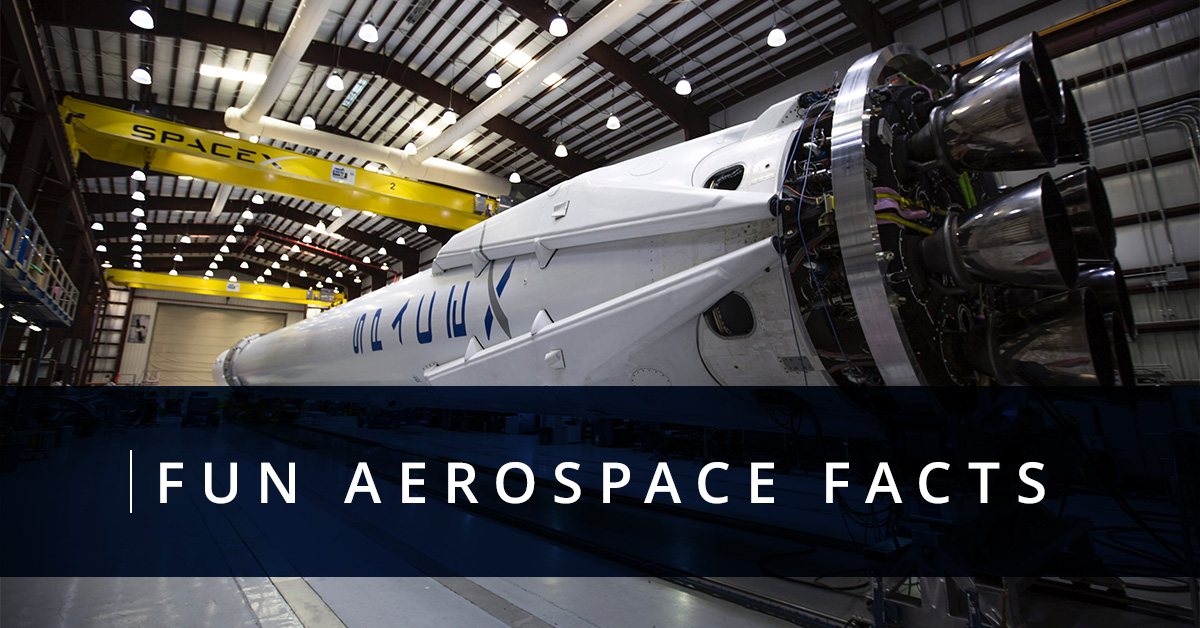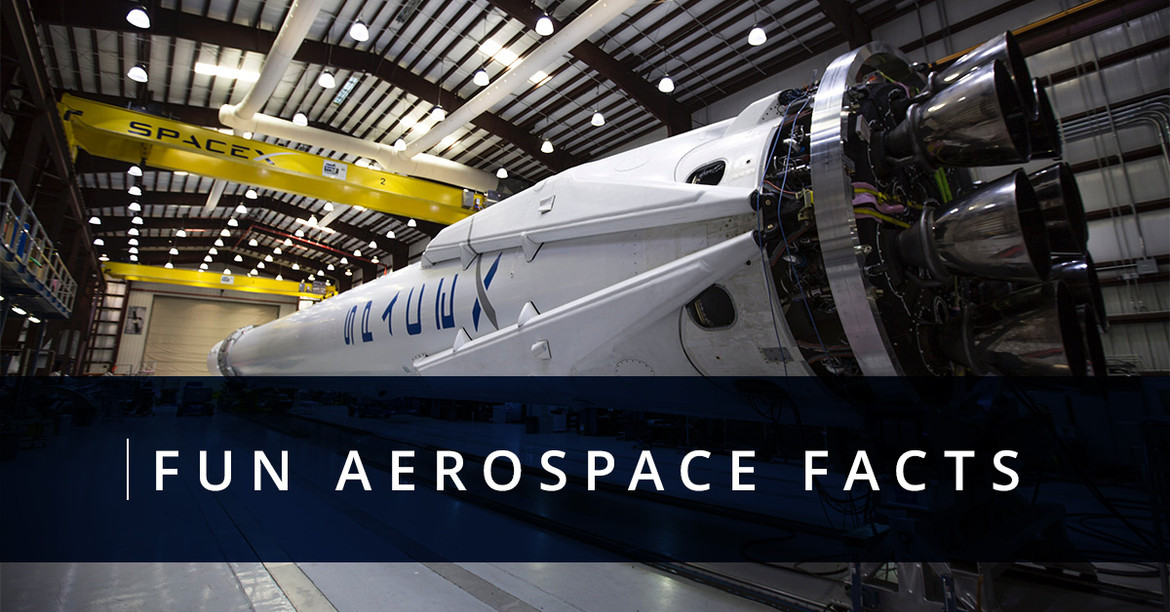
Here at Flex Technologies, we are proud to manufacture only the highest quality silicone tubes and hoses for a wide range of industries. Believe it or not, one of those industries is aerospace, where the properties of silicone can prove extremely useful. We love that we can play a small part in the exploration of the final frontier. And there is so much to learn, we have barely scratched the surface of what there is to learn. For all you other space aficionados out there, here are some aerospace facts.
Speed Demon
When dealing with "space stuff", you are usually on a scope much greater than anything you experience terrestrially. With stars, extreme size and temperature come to mind. But when you are talking about neutron stars, one of the possible ways a stars life can end, you can add impressive speed to the list as well. That is because, as a consequence of both a supernova and core collapse being part of their creation, neutron stars rotate around 60 time a second. That would be fast for a person, much less the burning mass of a celestial body. However, what is really impressive is that under certain circumstances, this rotation can increase to a frequency of up to 600 times a second.
Perfect Silence
We've all had that long day at work where all we want in the world is a bit of solitude and silence. Well, there is plenty of that in space! Too much, maybe, as sound actually cannot travel through space. Sound requires a medium, which on earth is the atmosphere, to travel. In space, there is no atmosphere to travel through, so sound doesn't exist. Lucky for us, radio waves do travel through space, so communication is still possible.
A Cosmic Mystery
Space is vast. That's something just about everybody understands. However, it is the kind of big that only gets spookier the more you think about it. For instance, scientists still have no idea how many stars there are in the solar system. Oh, they have estimates, but they have no way of knowing for sure.
Most estimates are made by an initial estimate of stars in the galaxy, extrapolated by another estimate of the total number of galaxies, but you can see how there is plenty of room for error. One study by the Australian National University put the number of stars at 70 sextillion. That is 70,000, times a million, times a million, times a million. It is no wonder NASA uses the term "zillions" of stars, as zillion refers to an indeterminable amount.
The Test of Time
On July 20, 1969, Neil Armstrong became the first person to ever step foot on the moon. About 20 minutes later, he was joined by fellow astronaut Buzz Aldrin. This was the famous Apollo 11 mission, and the footsteps of these two astronauts are still resting there on the moon to this day. In fact, they will most likely be there for the next 100 million years, at least. This is because the moon has no atmosphere, meaning no wind or water to wash away its surface. It's not a completely static environment though; micrometiorites are constantly bombarding the moon, which does erode its surface, albeit very, very slowly.
Mass Hog
Planets seem like they would be a big source of mass in the solar system. We do live our entire lives on one, after all, and it is far from the biggest. But space is never lacking in scope, and as big as planets are, they are only a fraction of the mass in our solar system. So where is most of that mass coming from? The sun! In fact, the sun makes up 99 percent of all of the mass in our solar system (which is why it exerts so much gravity over the rest). Every single second our sun fuses about 600 tons of hydrogen and helium, about 400 tons of which is converted to energy as a byproduct. However, even something as big as the sun will eventually die, and since it is a G-type main-sequence star, it will turn into a red giant, enveloping just about everything in the solar system. Don't worry though, that is about 5 billion years in the future.
What a Waste
Speaking of the sun's energy production, there is a lot of it. So much, that if we ever got smart enough to harness it, our energy needs would be over forever. That is because the sun produces so much energy that even the little fraction that hits the earth supplies more power in one hour than the entire earth's population uses in a year. Unfortunately, our solar technology is far from being able to fully harness the sun's energy. On the bright side, though, we are making progress, as solar energy usage has risen on average about 20 percent every year for the past recent 15 years.
Cold Welding
Life (or lack thereof) in a vacuum is like a whole different world from what we know on earth. There are completely new phenomenon that you can experience that go well beyond frozen temperatures and lack of oxygen. One of these is the amazing effect that scientists call "cold welding". In space, metals don't have water and air molecules separating their structures like they do on earth. Amazingly, this means that metal molecules in space cannot differentiate from other metal molecules, and fuse together when they touch. Two pieces of metal that touch in space will be permanently attached. This has huge implications for construction of spacecraft, as you can probably imagine.
Big Space Rocks
We have all seen plenty of movies where an asteroid is hurdling towards earth, only for a brave group of men and women to save us all. Have you ever wondered just how big asteroids can get? The biggest one ever measured and recorded is an asteroid called Ceres, and it is a full third the size of its entire asteroid belt's mass. It measures in at a whopping 600 miles in total diameter. That is enough match to mass the size of either India or Argentina. In fact, scientists are still debating as to whether it should be classified as a dwarf planet or an asteroid, although it does seem to have more features of an asteroid. One aspect of Ceres that has scientists piqued is the ice water spotted on it. Right now, the spacecraft Dawn is currently in orbit around Ceres to learn more about it.
Hopefully you found these space facts interesting. If you are looking for silicone products for the aerospace industry, Flex Technologies can help. For more information about our online silicone hoses and tubes for the aerospace industry (among many others), please do not hesitate to give us a call today.
 Default Currency
Default Currency
 Mexican Pesos
Mexican Pesos
 Canadian Dollar
Canadian Dollar



